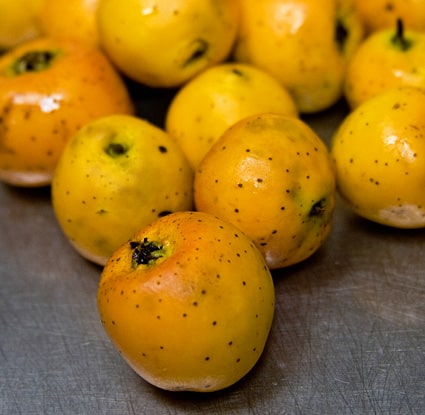ACHIOTE
Annato seed paste or powder.
Recipes here using this ingredient: Cochinita Pibil
CHILE
Spanish for chili pepper. There are many types of chiles.
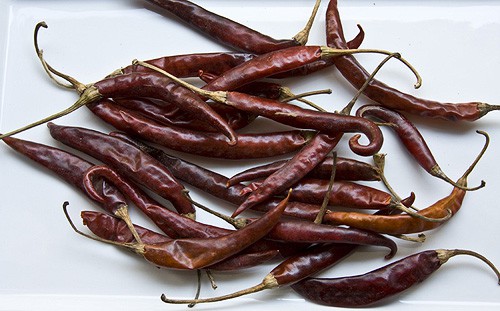
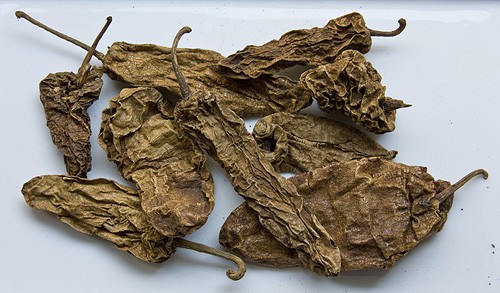
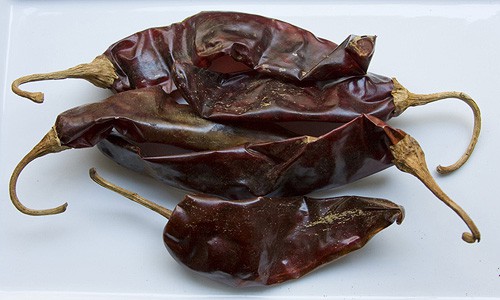
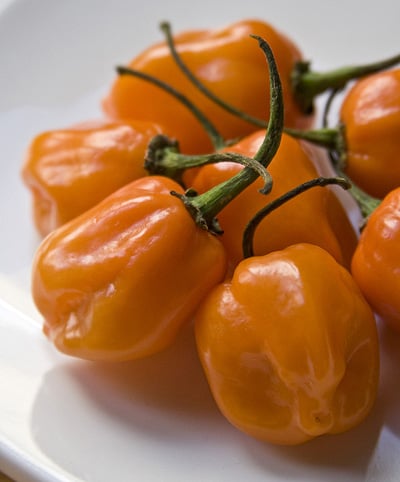
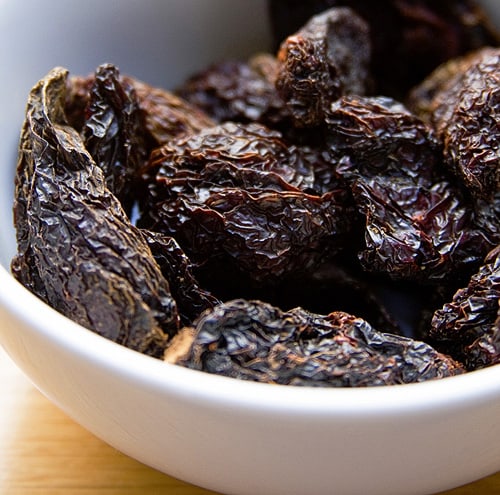
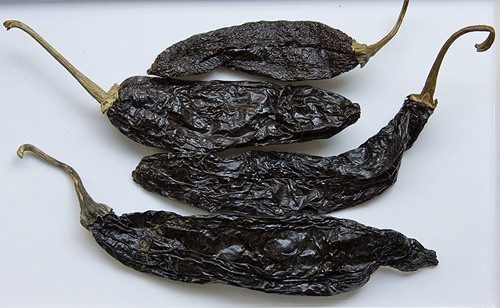
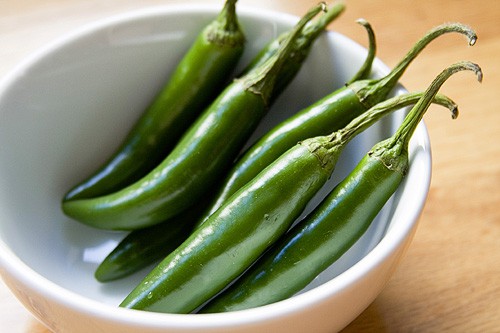
FLOR DE JAMAICA
Hibiscus flower blossoms used to make agua de jamaica, a refreshing drink.
PILONCILLO
Unrefined brown sugar, a product of the crystallization of two types of cane sugar. Usually found in the form of a little cone (and how it got its name), but can also come disc-shaped. Sometimes is also called panela or panocha.
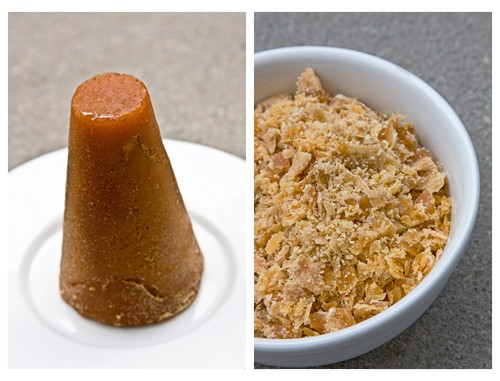
TOMATILLOS
Little green tomatoes grown in husks that are acidic and used for salsas, guisados and mole. There are several varieties, but in mainstream stores in the U.S. you will typically only find two or three types: milpero (very small, the size of large cherry tomatoes) and two others bigger than them. One is medium-sized (akin to the size of an apricot) and the other is larger (starting at the size of a plum and as big as a regular tomato). When ripe, the tomatillo turns a yellow-green to green shade and is smooth and sticky.
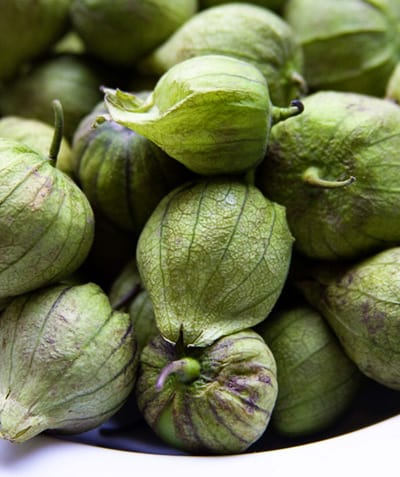
TEJOCOTE
Known in English as Mexican hawthorn; the name comes from the Nahuatl word “texocotl,” which means stone fruit. Tejocotes are a type of pome fruit, meaning they’re in the same family as apples and pears. They grow on trees which can reach as high as 20 feet tall. It has brown seeds inside and though it can be eaten raw, it’s not very appealing due to its mealy texture. When cooked, it has a tart apple taste. Tejocotes are pectin-rich, which also makes them ideal for use in jams. Up until a few years ago, it was very difficult to find tejocotes in the United States and it was illegal to bring them over the border. While fresh tejocotes are best, you can easily find tejocotes in syrup or frozen in most Latin grocery stores, and in Chicago, the stores I frequent carry them year-round. They are the key ingredient in ponche navideño.
